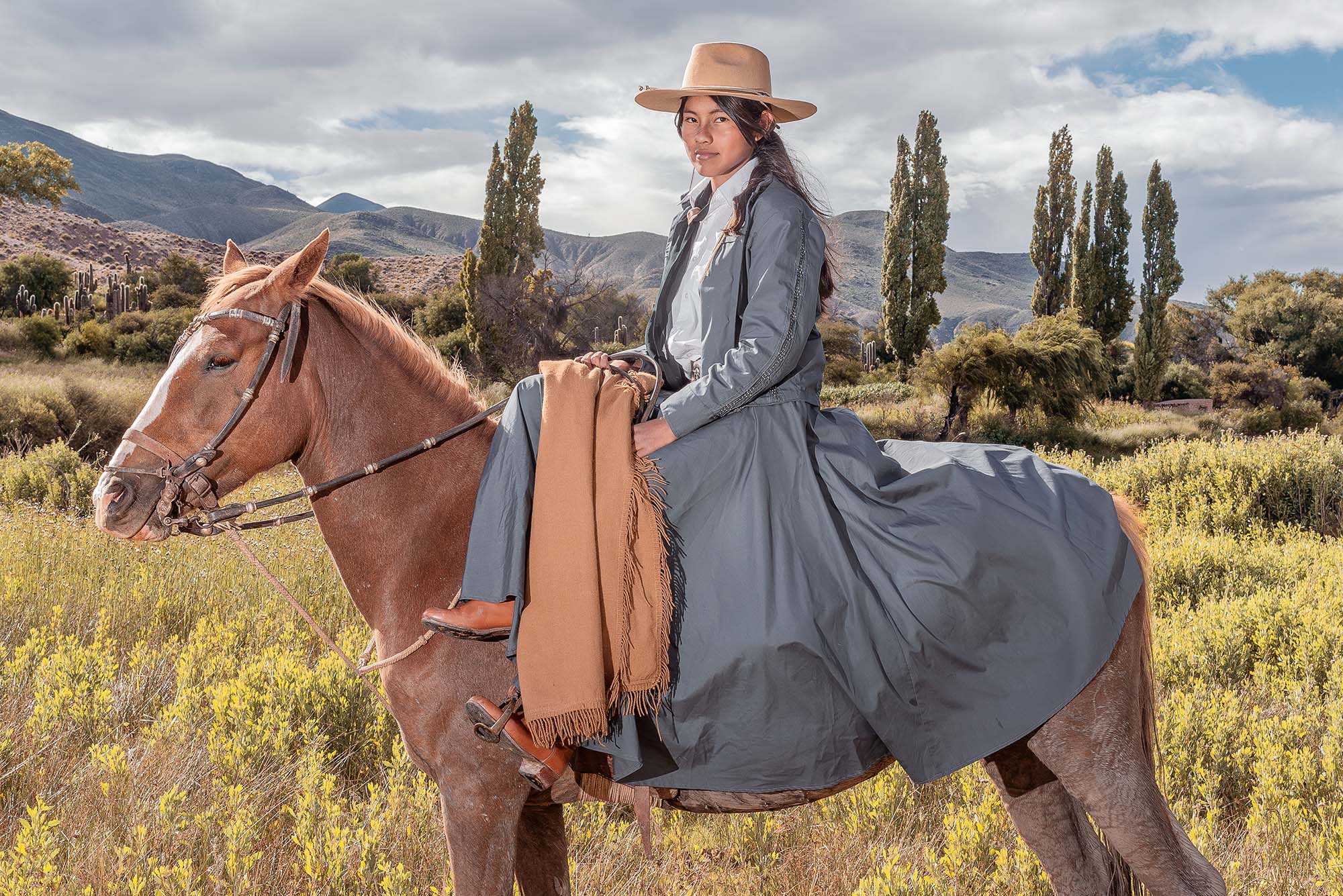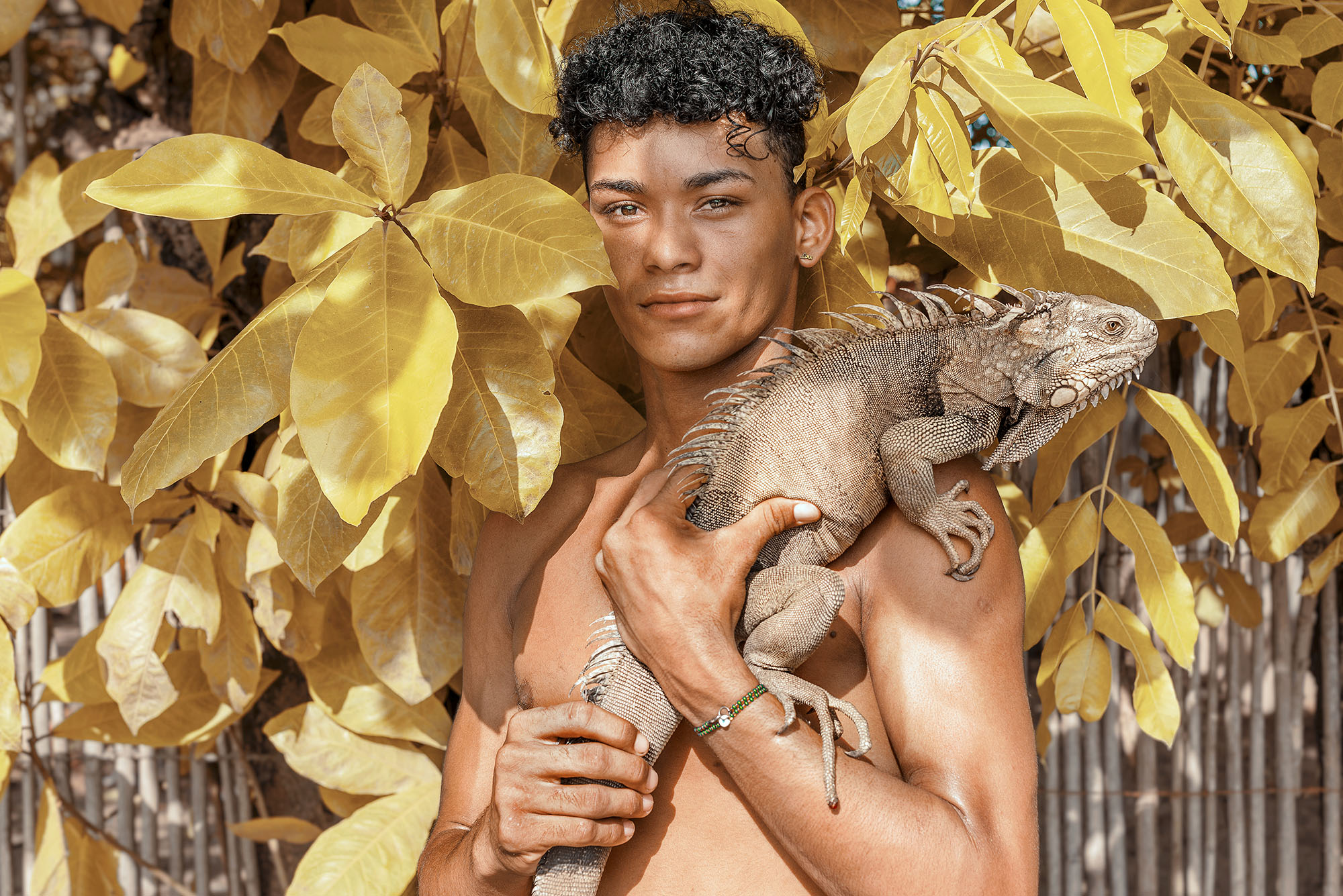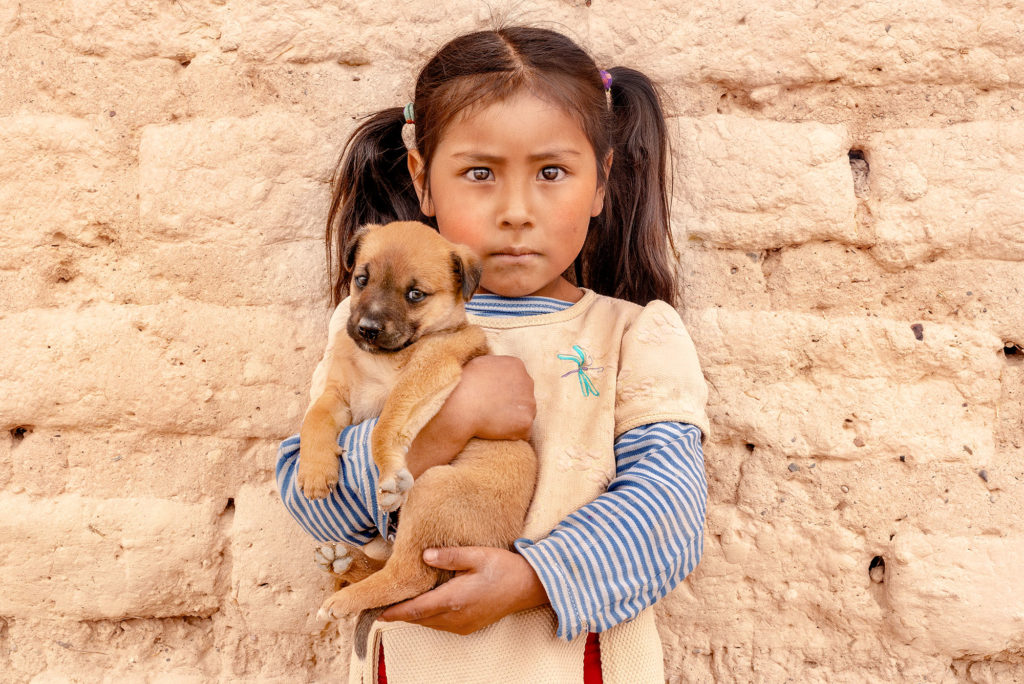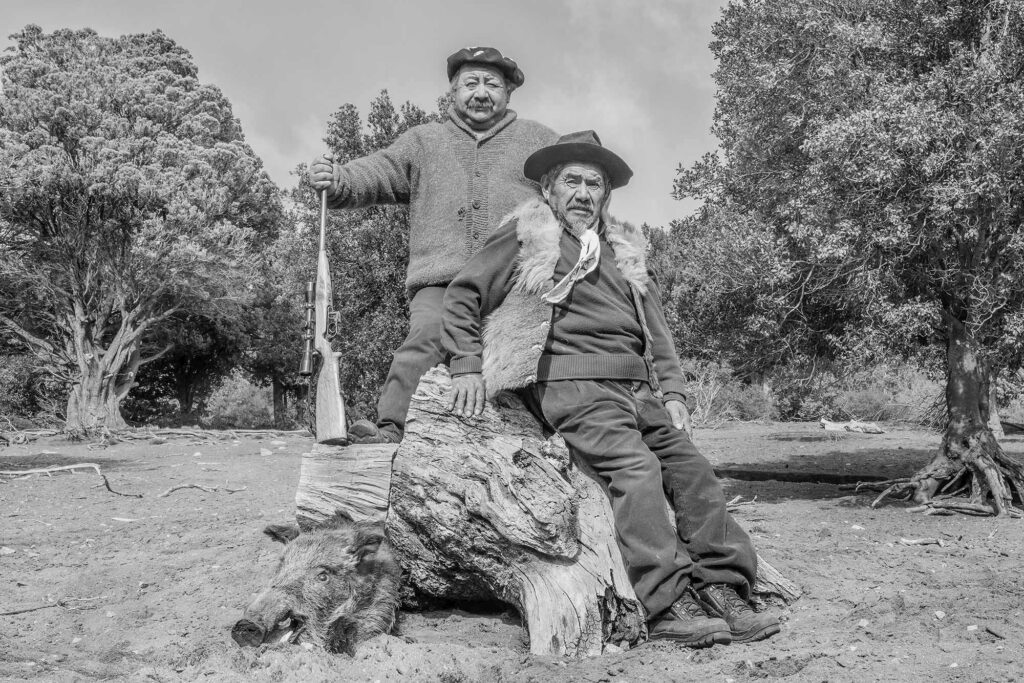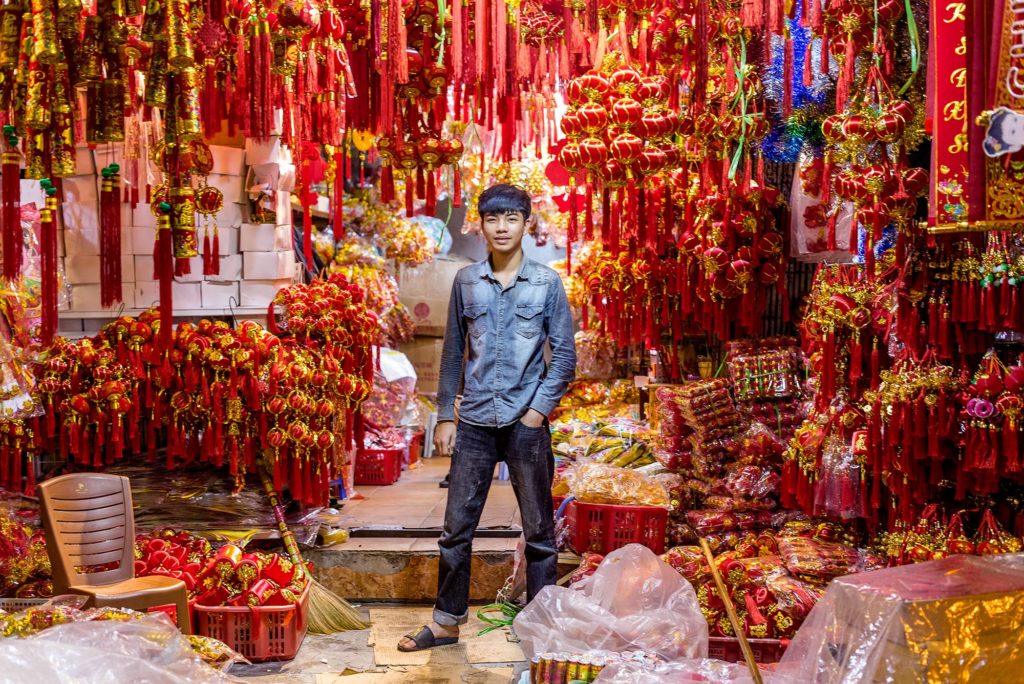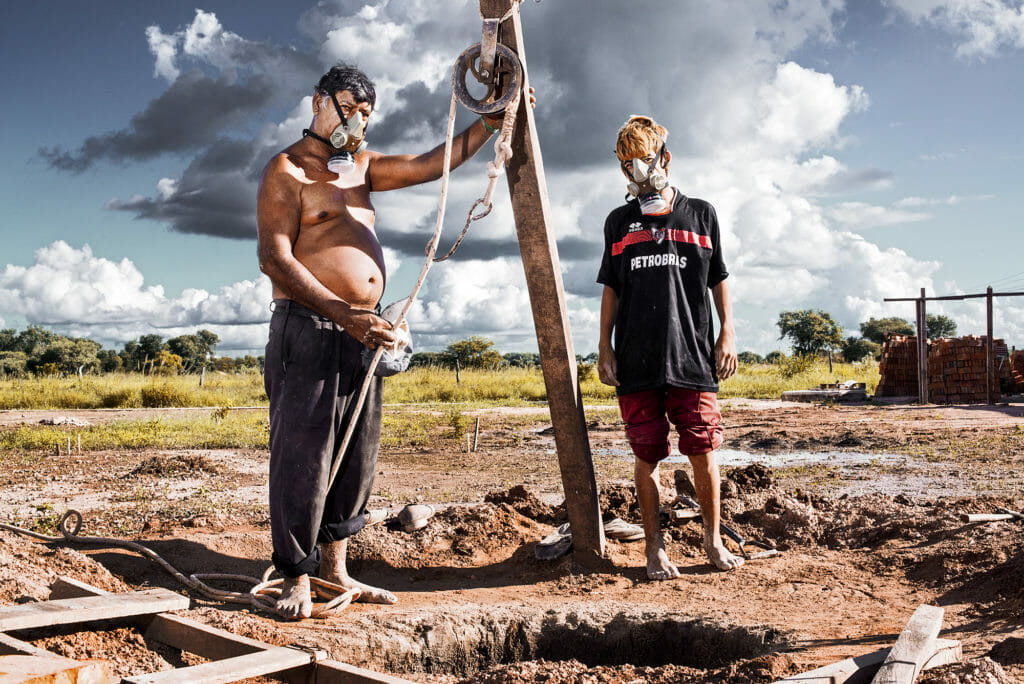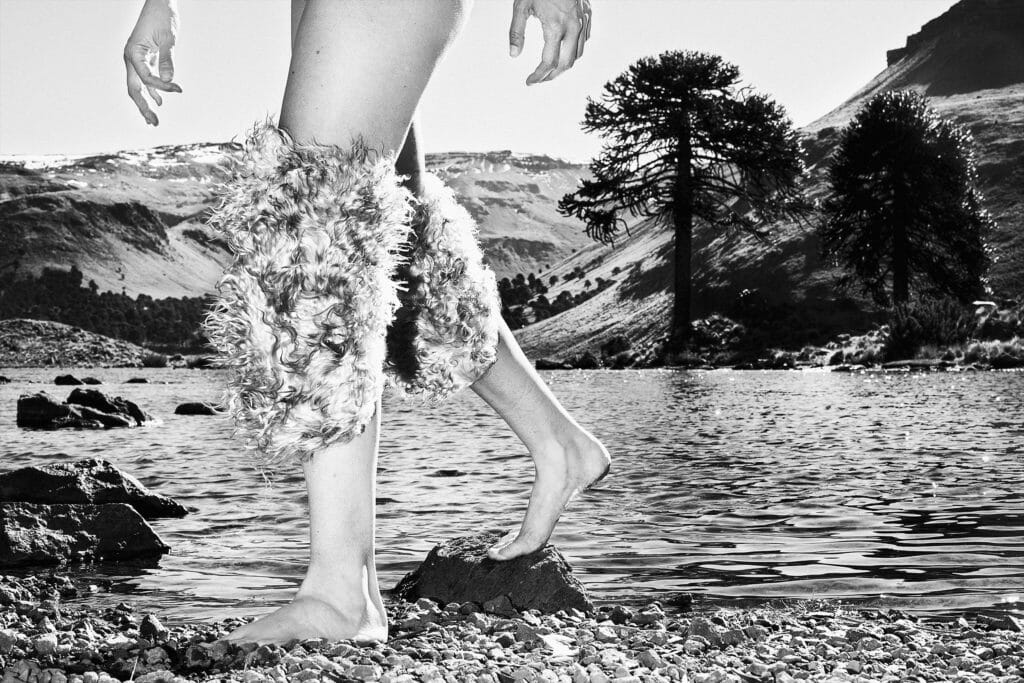Series
THE LAND OF NEVER AFTER
In Argentina, time seems to flow differently than in any other country, looping in circles rather than progressing in a straight line. A glance over the past two centuries reveals a recurring pattern in the country’s history: a pendulum-like swing between populist governments from both ends of the political spectrum, conservative and progressive. While political alternation is a hallmark of healthy democracies, Argentina’s case is uniquely marked by abrupt shifts between extreme ideologies, undermining progress toward long-term stability.
In today’s Argentina, led by self-identified anarcho-capitalist president Javier Milei, the government’s overtly declared “cultural war” on social equality, human rights, environmentalism, and pluralism. After decades of failed populist policies riddled with corruption and an economy in ruins, Milei’s rhetoric of hatred, and promise of a market-ruled society with no social spending, have found fertile ground in Argentina’s collective frustrations and despair. Rooted in his socially divisive discourse and narrative of enemies, his radical, ultra-libertarian experiment appears set to perpetuate yet another cycle in the country’s historical loop.
MACONDO
Marco Vernaschi’s MACONDO delves into the complexities of existence along the Magdalena River amidst an exceptionally challenging climatic backdrop, entwining the essence of Colombian magical realism with climate resilience. Inspired by the fictional town created by Gabriel García Márquez and deeply rooted in the rich legacy of his literary oeuvre, Vernaschi’s Macondo encapsulates the enchantment of everyday life, revealing the spirit, isolation and symbiotic relationship with nature that characterize the communities of fishermen inhabiting the swampy region of Magdalena and Bolivar, one of Latin America’s largest aquatic ecosystems.
In that bucolic landscape, people are navigating the increasing challenges caused by climate change. As El Niño tightens its grip, the relentless surge in extreme heat poses a formidable threat to their traditional way of life. The once abundant fish population, essential for sustenance, dwindles under the scalding touch of rising temperatures. As a consequence, fishermen are exploring alternative sources of food and income, turning to caiman hunting or occasionally engaging in illegal wildlife trade.
AHÍCITO NOMÁS
Argentine writer Héctor Tizón, described the feeling of being in the Andean Altiplano rather effectively: “Here the earth is hard and sterile; the sky is blue and empty, and it’s closer than anywhere else. In this land, where it is hard to breathe, people depend on many gods”.
Primarily, Andean communities rely on women. They venerate Pachamama, the supreme goddess and universal Earth Mother. As a female deity, Pachamama embodies the fundamental values that define the essence of the Andean worldview, known as Cosmovision — a convergence of religious and ancestral beliefs, serving as the philosophical foundation for the Rights of Nature.
AHICITO NOMAS explores the core values within Cosmovision, weaving together the inspiring stories of Indigenous matriarchs, community leaders, teachers, LGBTQ+ activists, mothers, and violence survivors — women who, through their personal stories, embody the true essence of feminism.
IN LIMBO
On November 11th 2024, Argentina was the only country among 168 to vote against a UN resolution on indigenous rights. President Milei addressed the UN General Assembly, declaring, “We are at the end of a cycle. The UN ideological 2030 Agenda, the climate change lie, achieving zero hunger and advocating for indigenous rights are all part of a socialist, supranational program that Argentina will no longer support” adding that “collectivism and moral high ground from the woke agenda have crashed with reality, offering no credible solutions for the world’s problems”.
Argentina’s deep-rooted affinity for populism often drives extreme political stances, overshadowing the nuanced approaches complex issues require. A prominent example is the persistent conflict involving the Mapuche communities in Patagonia.
In Limbo focuses on the Paichil-Antriao and Quintriqueo communities in the province of Neuquén, near the shores of Lake Nahuel Huapi. Organized as Lof, they have been at the heart of a contentious legal and political battle with Milei’s government, which accused them of land usurpation. The conflict culminated with the Court ruling in favor of the communities, dismissing all accusations against them.
SAIGON, JAPAN
Since 2011, Vietnam’s strategy to attract global tourism compelled the government to reassess some of its more stringent policies, notably those pertaining to sex workers. Despite the illegality of sex work in Vietnam, local authorities have displayed a growing tolerance in recent years, reducing pressure on both workers and customers—a shift influenced, in part, by the precedent set by Thailand. Notably, the government’s departure from previous practices, where Vietnamese sex workers were routinely subjected to arrest and deportation to “rehabilitation” camps until 2013, marks a positive development.
While concerns persist regarding the long-term implications and the potential risk of Vietnam becoming an unintended hub for sex tourism, the government’s altered stance has unexpectedly contributed to advancements in women’s rights. Sex workers, emboldened by this shift, are increasingly stepping out of the shadows and uniting to advocate for their rights, supported by the global program designed by Human Rights Watch to safeguard sex workers’ rights.
SOuLD OUT
In 2011, the Vietnamese government unveiled ‘The Strategy on Vietnam’s Tourism Development for 2020,’ a visionary blueprint aimed at propelling the tourism industry to the forefront of the country’s economic growth. Subsequently, Vietnam witnessed an unprecedented surge in tourism, solidifying its status as one of Southeast Asia’s premier destinations, accompanied by a profound societal metamorphosis. However, the relentless pursuit of globalization and the frenzied drive to attract tourists have compelled Vietnam to navigate the delicate task of negotiating its identity and sovereignty.
At the pinnacle of Vietnam’s tourism priorities lies China and Chinese investors. In an endeavor to position itself as China’s favored destination, the Vietnamese government has embarked on a controversial path, selling lands at remarkably low prices. This pursuit, however, raises apprehensions about the gradual erosion of sovereignty and the accompanying loss of national identity.
BITTER HARVEST
BITTER HARVEST was produced for Biophilia’s awareness campaign SEEDS for LIFE, to expose the human cost of industrial agriculture in Argentina. The campaign focuses on the community living in Avia Terai, Chaco, with the goal to raise awareness on the struggle of hundreds of families who are dealing with cancer and birth defects, as the result of continued exposure to pesticides. SEEDS for LIFE generated positive impact among the community at the center of the campaign, contributed to locally improve laws and regulations around pesticide use.
Argentina is the world’s third largest soya producer revitalizing its economy and recovering from the financial crash that hit the country in 2001. However, there are doubts as to the sustainability of soya expansion, after the area under cultivation rose by nearly 1,000% between 1980 and 2015, from 2.0 million hectares to some 20.7 million. The downside of the transgenic soya boom is worrying and translates into habitat destruction and desertification risk, a huge carbon footprint and serious health concerns.
BIOPHILIA
BIOPHILIA explores the increasing need for reconnection with the natural world as a necessary stage of human evolution. As humankind, we’ve had the privilege to live in a very peculiar age of transition. We’re globally facing historical moments of radical changes, in which almost every social structure has failed or is failing. Most of the dynamics that ruled our planet through the past two centuries are under fire.
The disorientation resulting from this much needed chaos leads all of us to rethink and possibly to reshape our lives. In different ways, nature turns out to be the asylum in which many people look for new models of living, or simple inspiration. BIOPHILIA explores the instinctive drive behind this phenomenon, which is deeply rooted in our DNA and goes beyond any cultural or social context.
PLACEBO • BsAs Spleen
The city’s lustful energy on summer nights turns into fleeting moments of peaceful pleasure. Fragments of stillness, the embrace of silence. From dusk till dawn, we surrender to our humanity, our sense of existence transforms. The dichotomy between tenderness and lust dissolves, providing solace to bodies and souls.
Through a midsummer night’s dream, time seems to halt. Our lives hover suspended, drifting over the city’s skyline, blending with the rhythmic shapes of our bodies. The air is warm, the streets smell of sulfur and strawberries. We blend together, seeking asylum from our intrinsic loneliness.
PLACEBO • A Rush Of Light
With Placebo, Vernaschi elevates eroticism to visual poetry, transcending the inherently controversial nature of sexual imagery and leading the viewer to experience ecstasy. The primary role of meaningful art is to challenge our comfort zones, and Placebo certainly achieves this on many levels. It confronts the viewer, drawing them into a tumultuous whirl of contrasting emotions—from arousal to fear, from bliss to shock. In doing so, Vernaschi compels us to confront our own sexuality, delve into our deepest and least explored desires, and challenge societal taboos.
The two autobiographical series forming this body of work, A Rush of Light and BsAs Spleen, leave no doubt that Placebo addresses the solitude in the often unsustainable quest to remain authentic in an increasingly vain world. It’s a seed of human beauty, a drop of truth. Gazing at his blurred, powerful photographs felt like a steel train running through my head, leaving my mind blown away.
